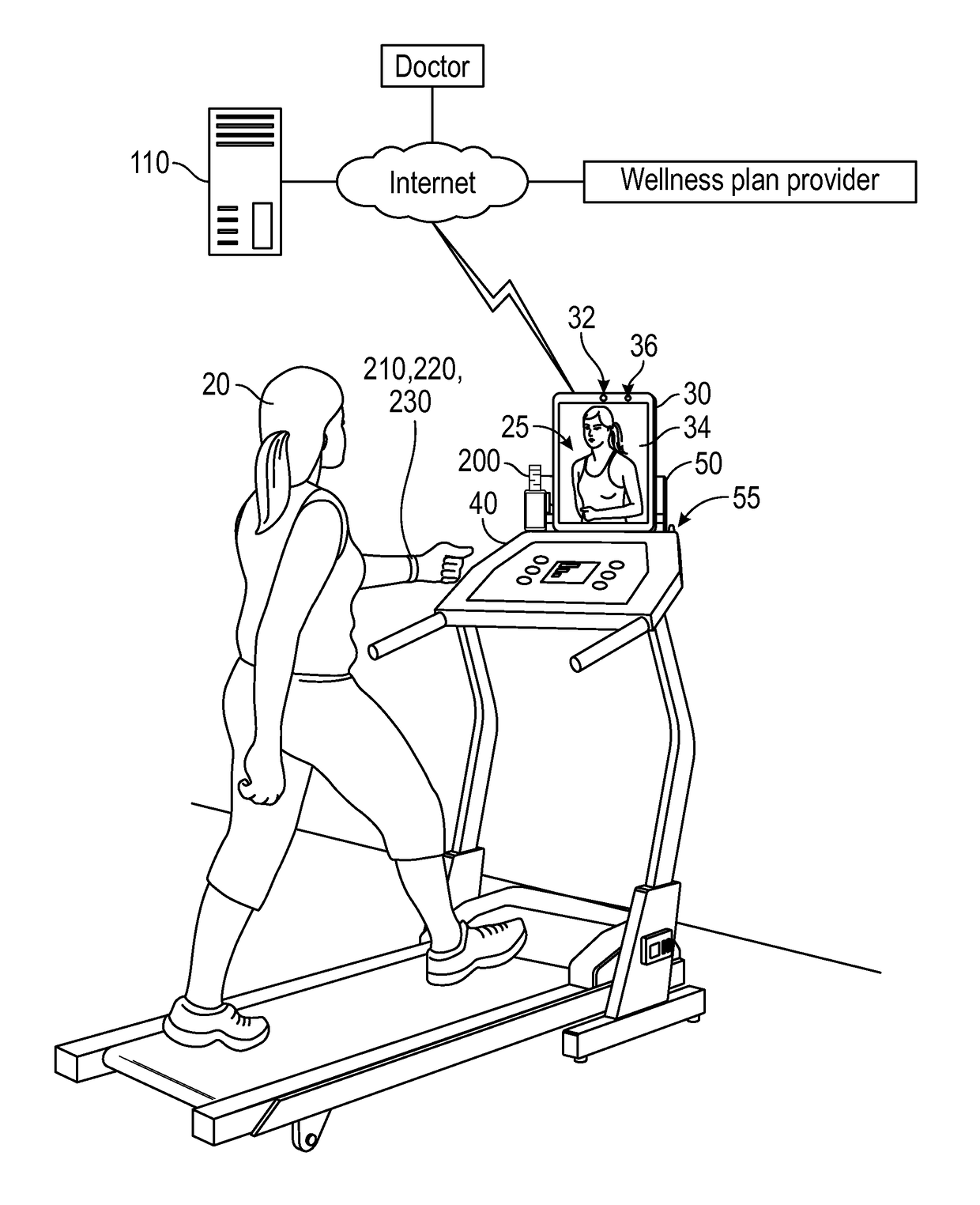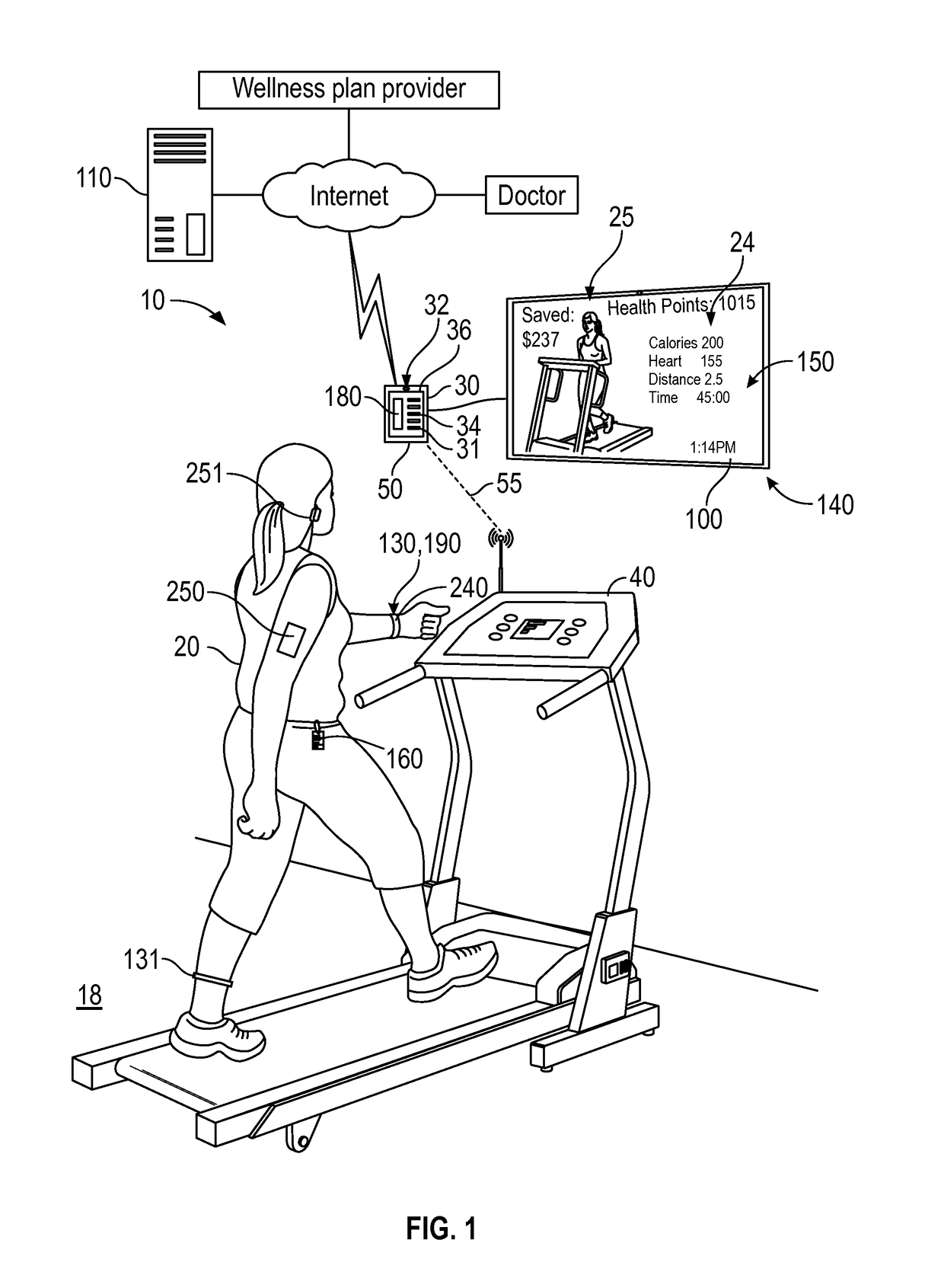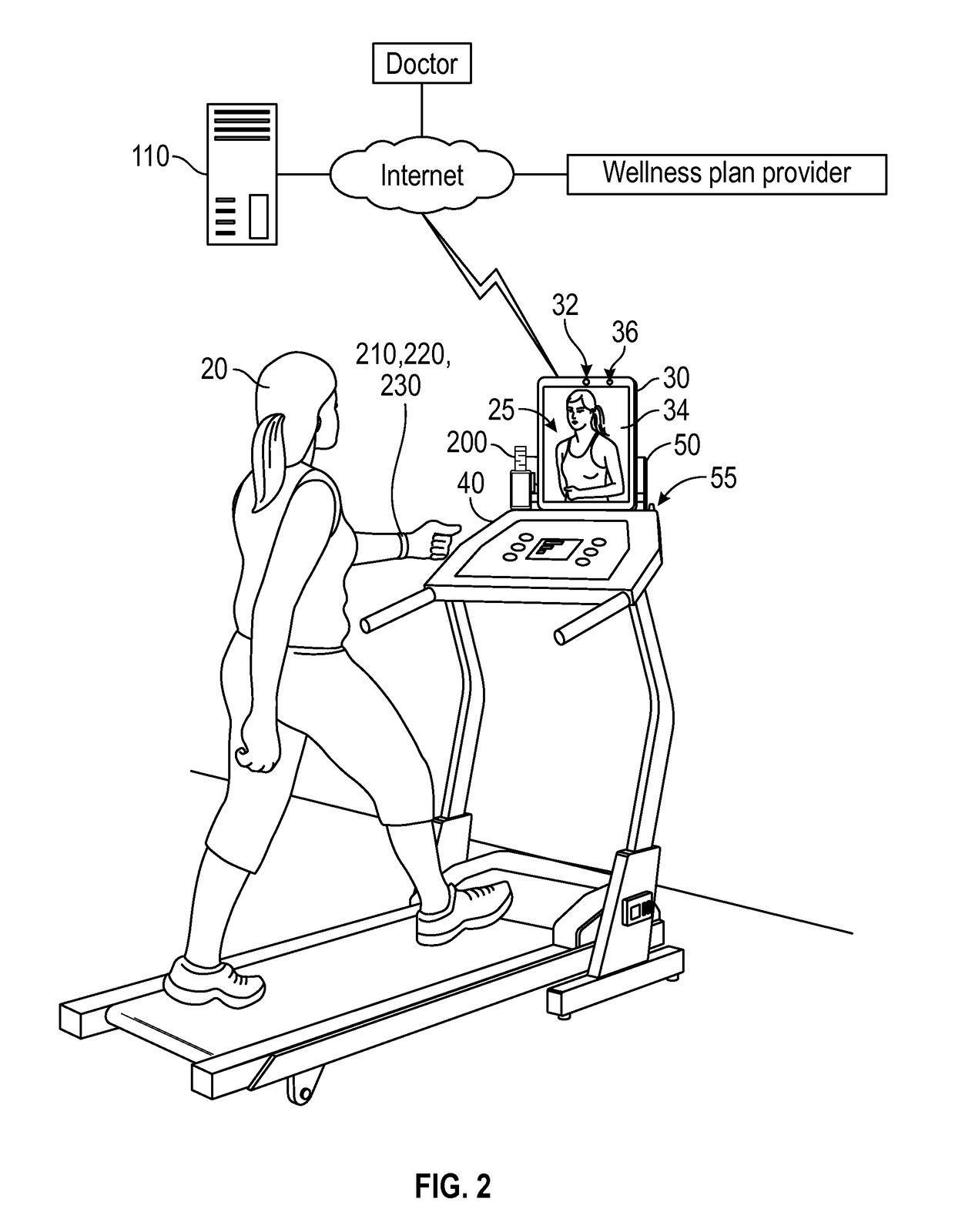Solving this problem starts with motivation and our current methods of motivating people to exercise are obviously not working; the
obesity numbers are getting worse.
A problem with the use of gaming for exercise motivation is that it appeals to a much smaller and younger
population; not the target age group that most needs to lose weight and that is costing our healthcare industry an exorbitant amount of money.
Although using gaming as a means to encourage children and teenagers to exercise may in fact prove to be successful, it fails to solve the problems of low self-esteem and lack of motivation that can be accomplished by the proposed invention by creating positive emotions in the user, by increasing the user's internal dialog and by awakening the user's desire for autonomy and self-determination as disclosed here.
University studies show that affecting someone's intrinsic motivation and improving upon their self-
efficacy has proven to drastically motivate people to exercise long term and it also affects their diet choices.
But such inventions fail to motivate the user because they do not provide a real-time image of the user getting thinner and more attractive the harder and faster he walks or runs on the
treadmill, for example, as disclosed herein.
Pryor's invention has a
disadvantage in that it does not affect or engage the user in this way while exercising.
Some people simply cannot imagine what a thinner them would look like.
I find that using instruction to exercise may be useful in the short term, but it fails to solve the problem of self-determination and autonomy within in the user, thereby creating positive long term beneficial diet and exercise habits.
As such, use of such a system for displaying in real-time a motivational image of an exerciser who is exercising in front of a camera is not possible.
Further, such a method does not predict a future, thinner appearance for a person based on their current appearance, a known previous appearance, and a particular combination of diet and exercise plans over a given time.
However, such devices do not motivate the user to exercise.
However, these devices do not provide a solution to the number one cause of
obesity, which is lack of motivation to exercise and eat properly.
These prior art devices also can fail to accurately validate identify the user.
Indeed, many
pedometer devices can be shaken by an inactive wellness program participant (or her friend) while sitting on the couch watching television, the end result being additional false program credit for the dishonest participant.
Although this may be informative to the user, it's missing the first step in the process which is getting someone motivated to exercise.
Further, it fails to motivate and engage the user because it falls short in producing a real time thinner image of the user during her workout routine based on the data that is read from the band or validating the user and providing biometric testing.
However, the use of such devices at home by the patient, with the current prior art, there is no way to simultaneously confirm the identity of the user as disclosed in the current invention.
Disadvantages that exist in the prior art include disconnection between, for example, the employee needing motivation, the employer needing employee participation, and wellness programs needing to validate the user's identification and biometric testing.
Poor self-worth and lack of self-esteem that exist with
overweight people often fosters a lack of motivation to exercise, which compounds the problem and our exorbitant health care cost in the US.
Further, diabetes and obesity rates on the rise, burdening our healthcare system and the economy in US.
Employers lose time at work from employee due to obesity-related illnesses, and employers' costs to have a wellness program in-house is a further expense to the employer.
 Login to View More
Login to View More  Login to View More
Login to View More 


